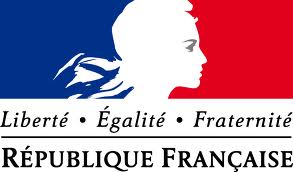Two videos are now available on this website. They aim to present the method from the point of view of decision-makers and from the perspective of business transformation.
- “Introduction to the Praxeme method“, by Pierre Bonnet, a successful entrepreneur.
- “What can the Praxeme method do for you?“, by Dominique Vauquier, creator and main author of the open method.
For any complementary information, please feel free to contact us.










